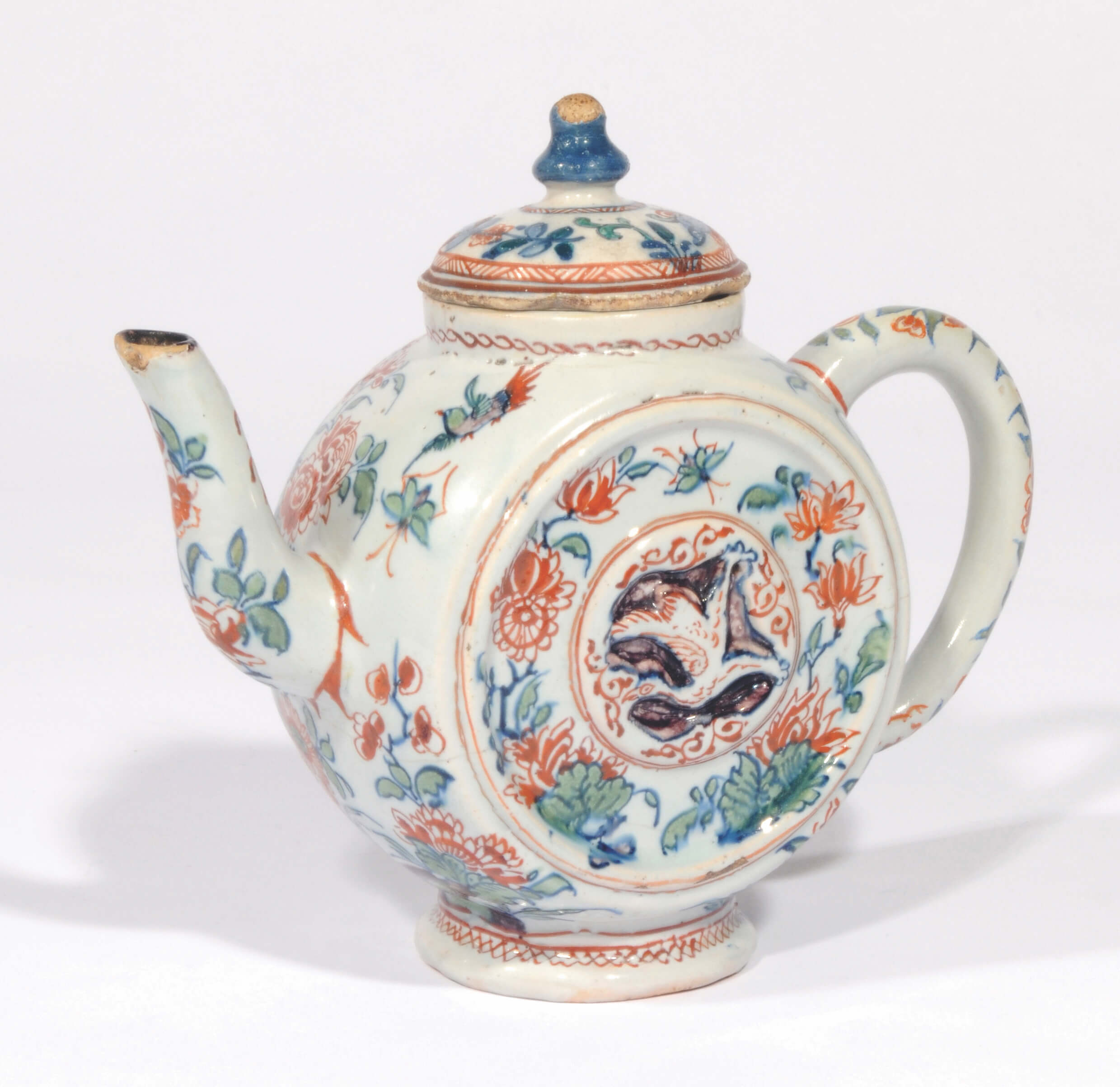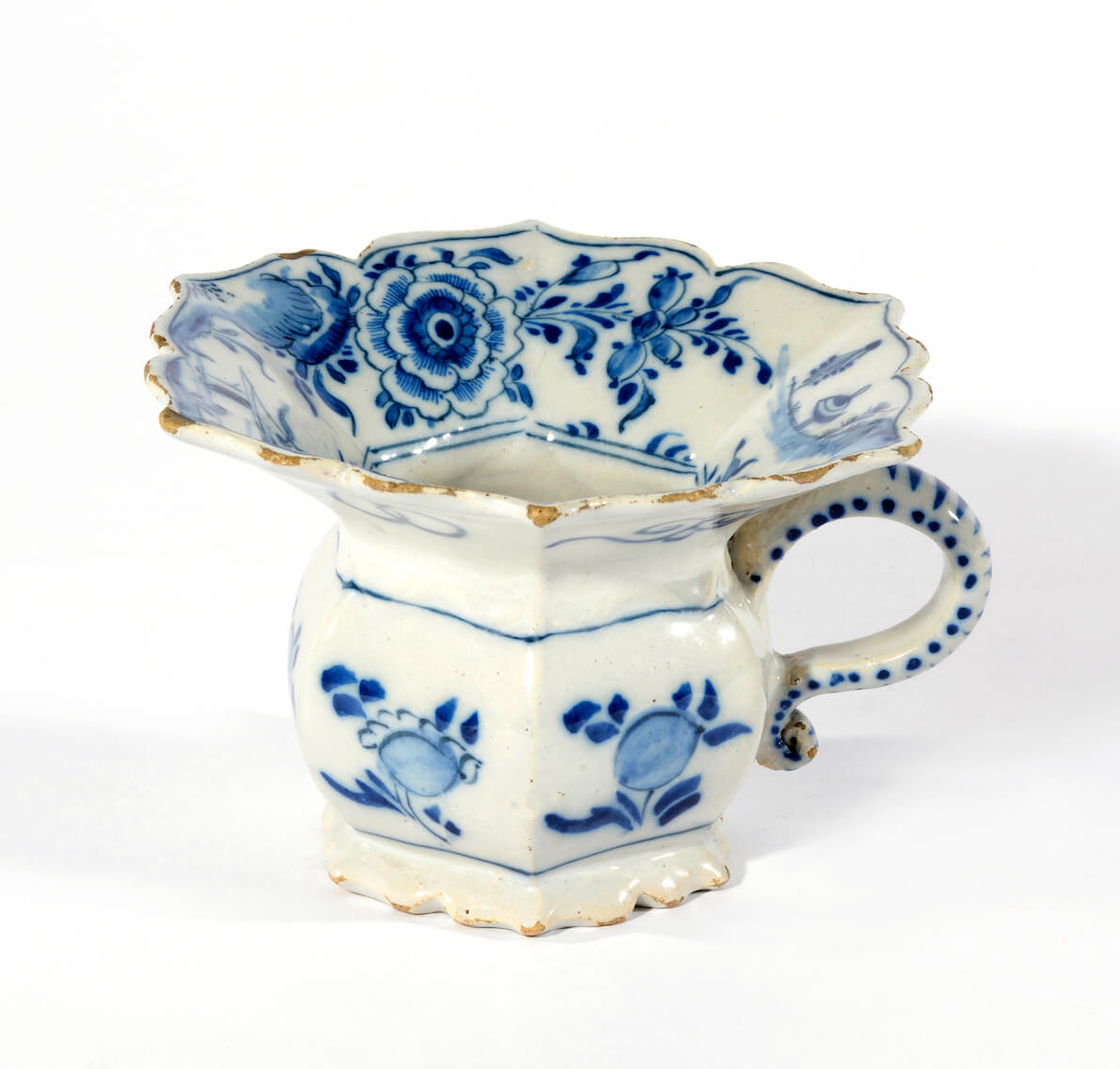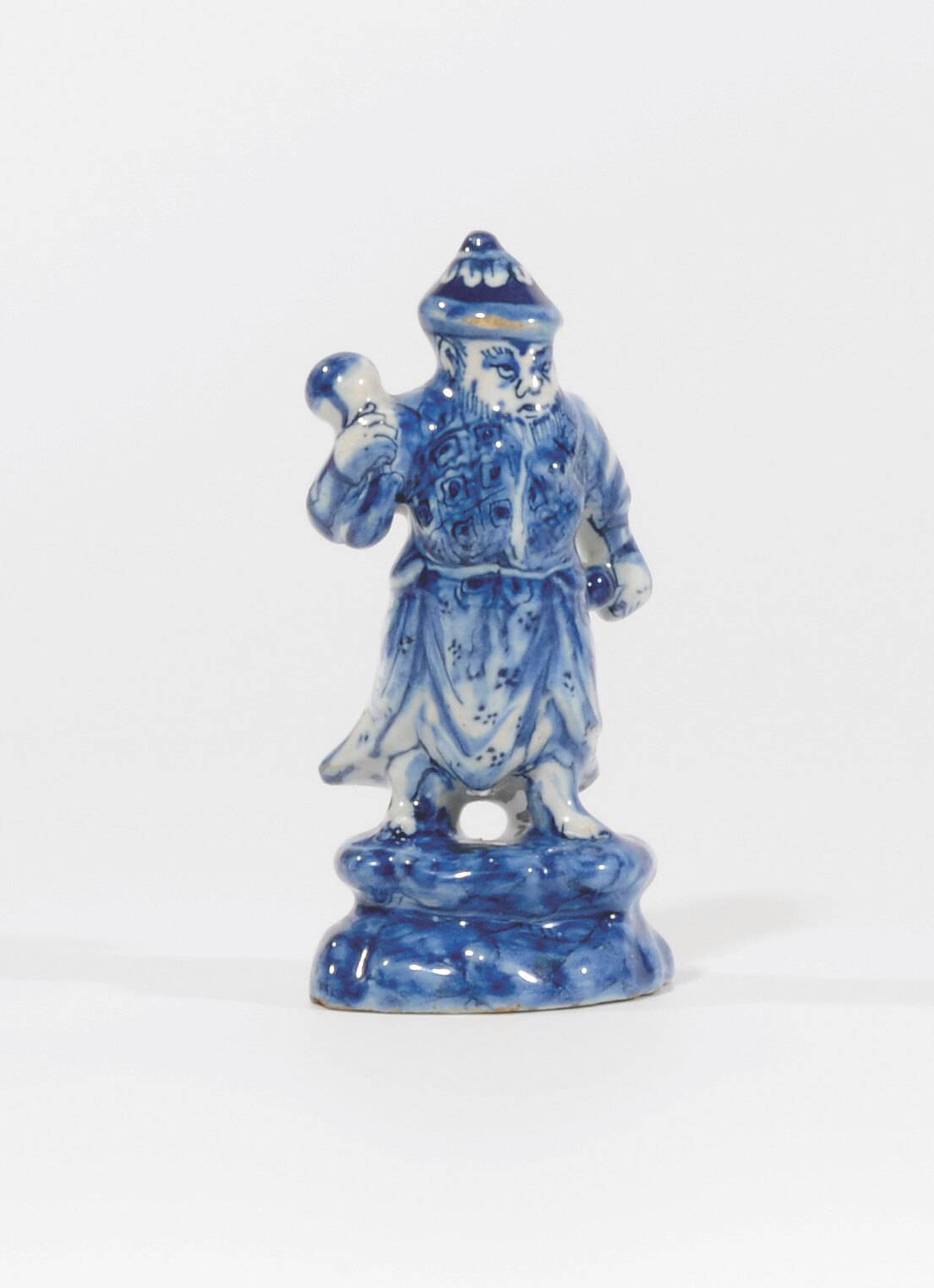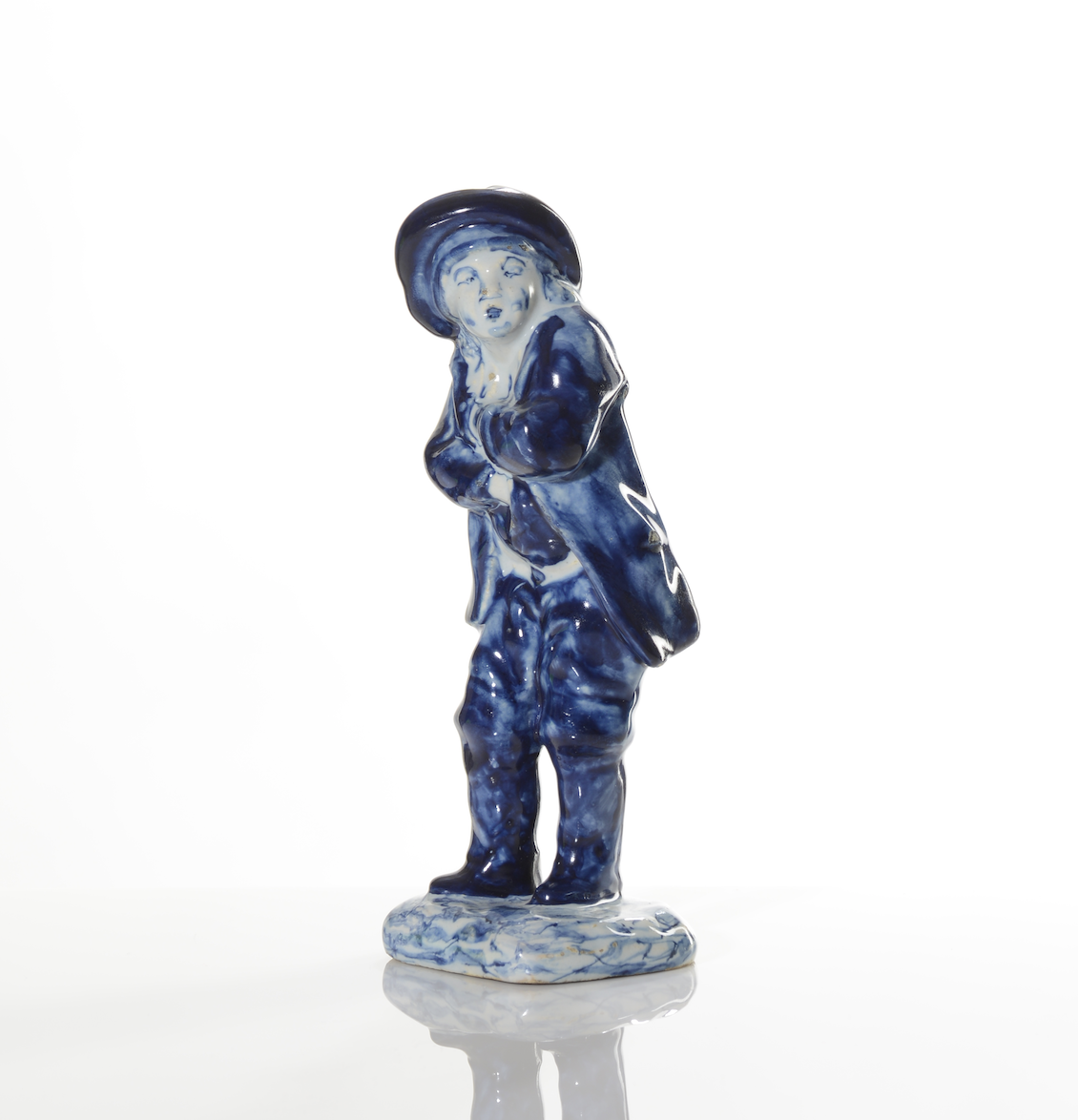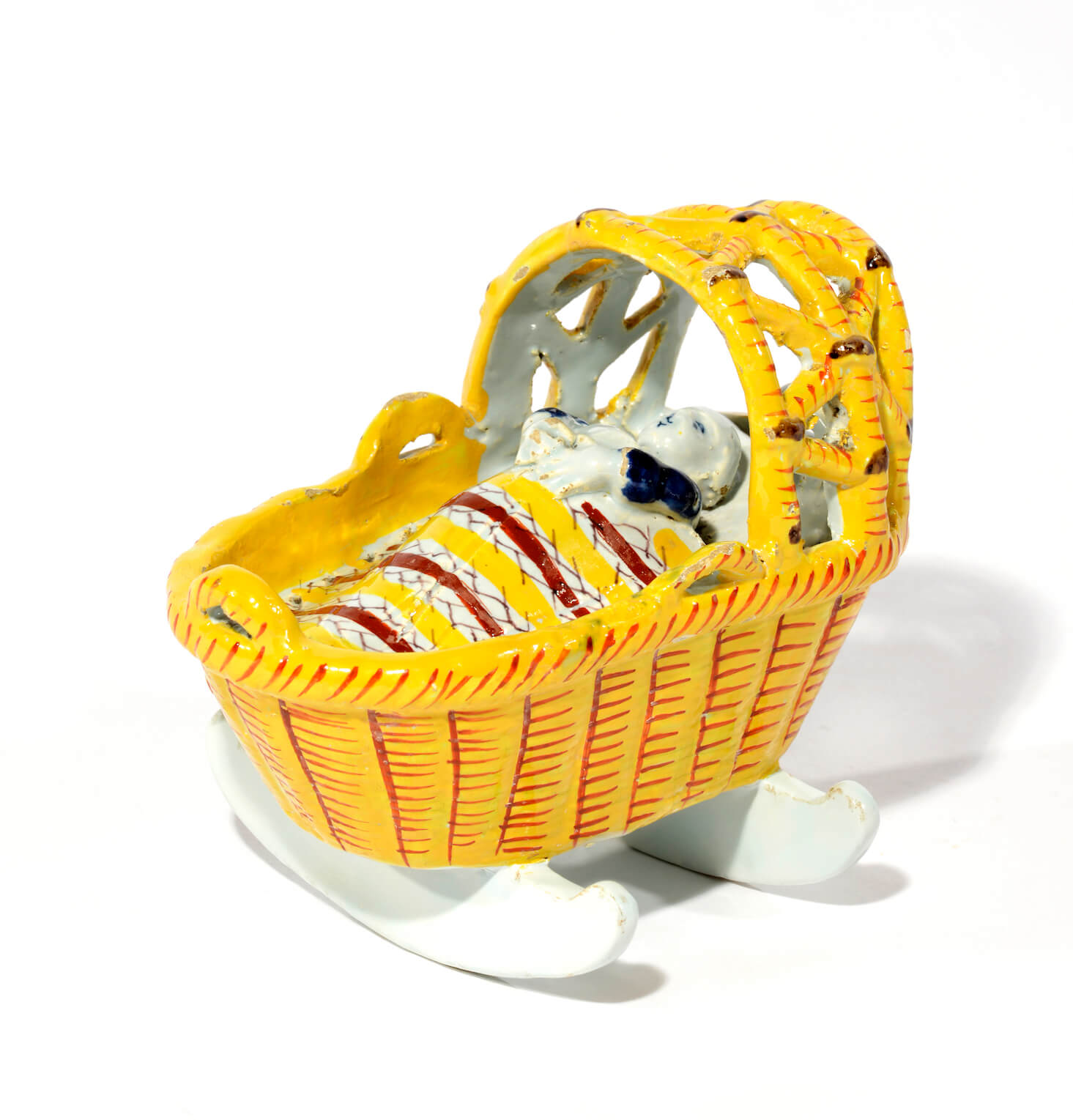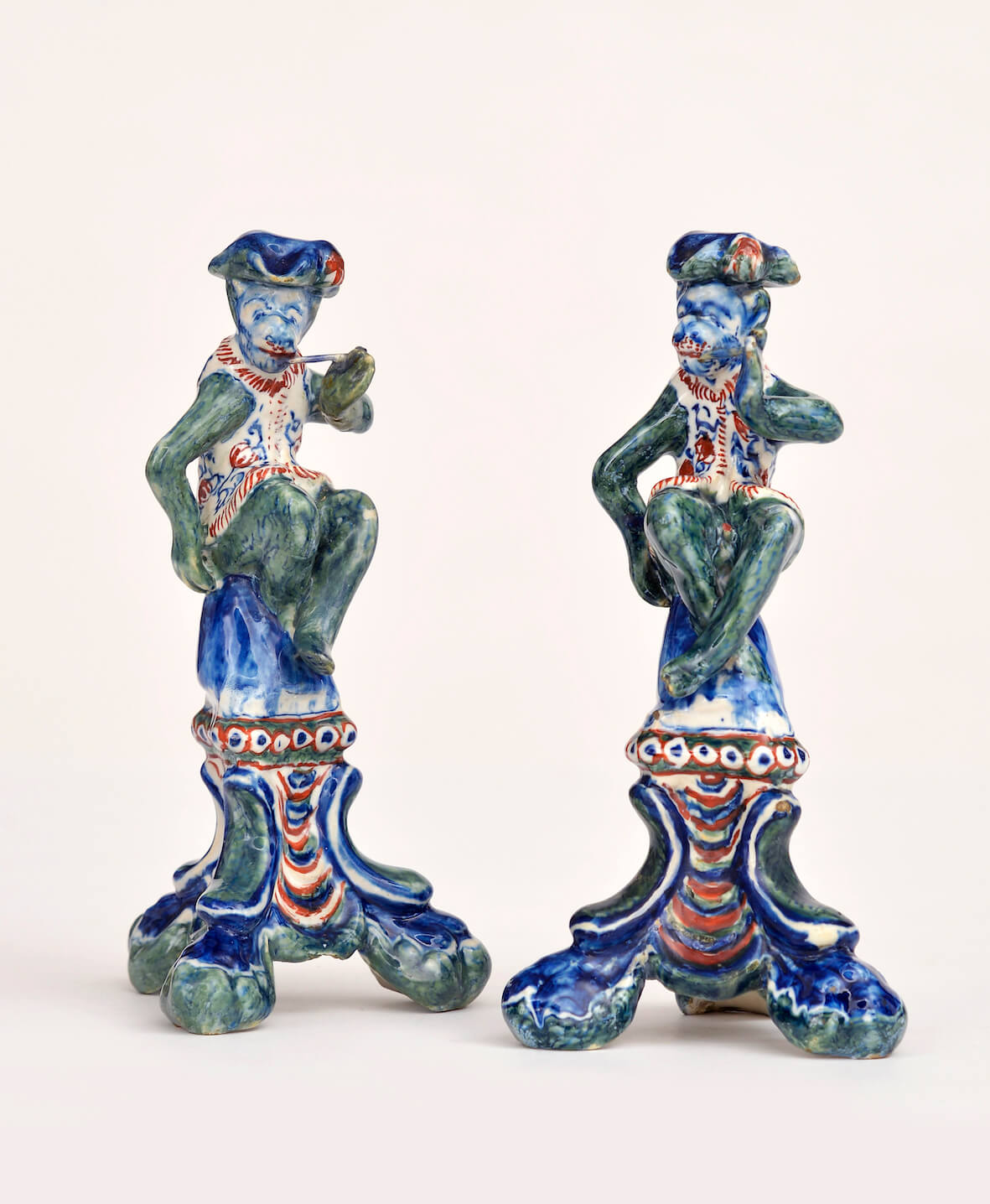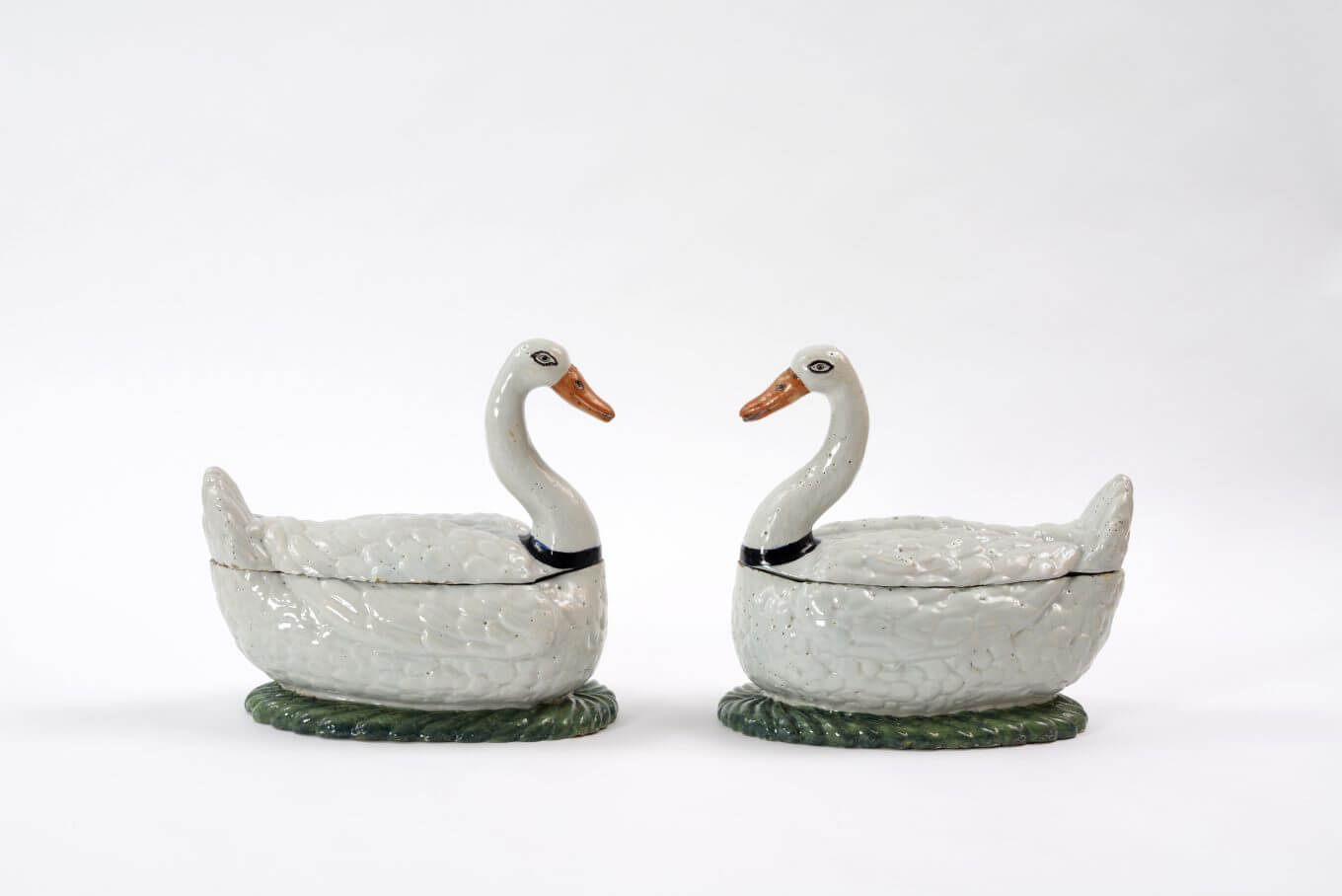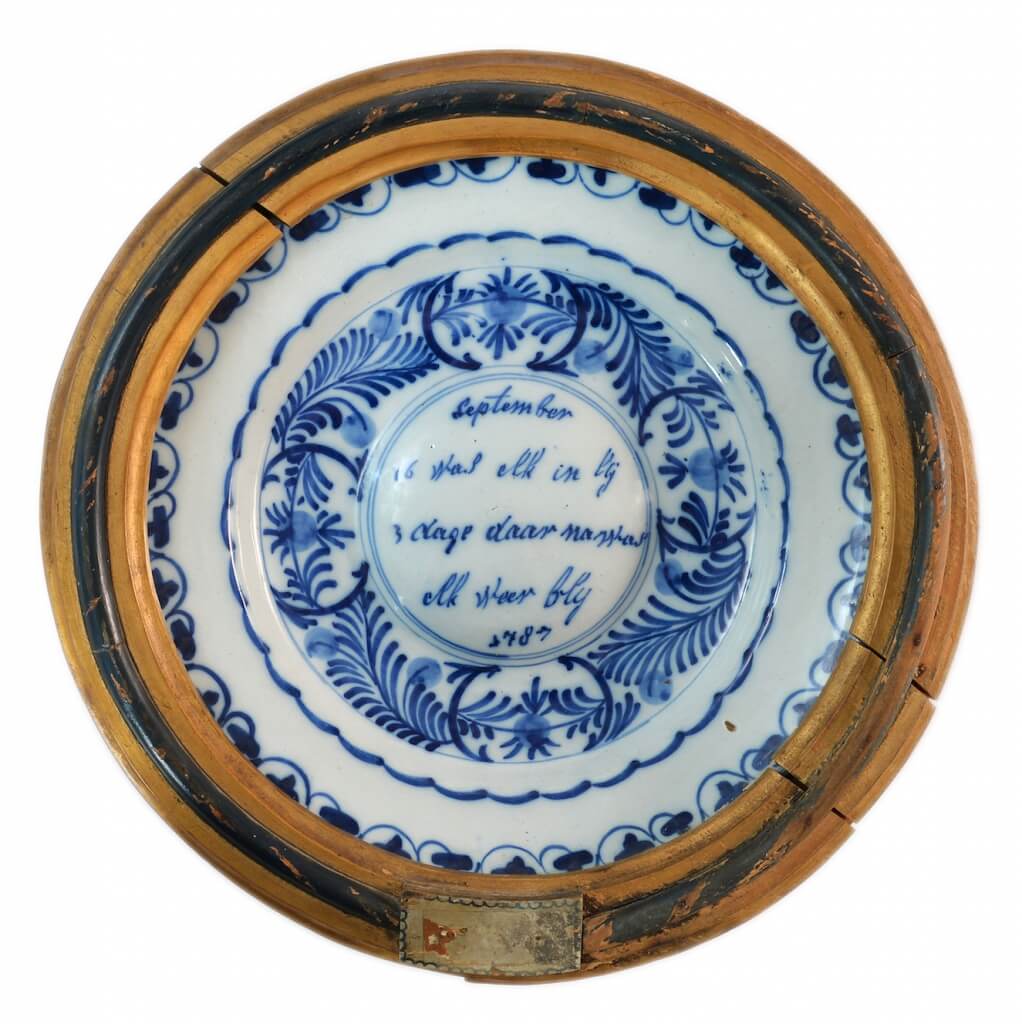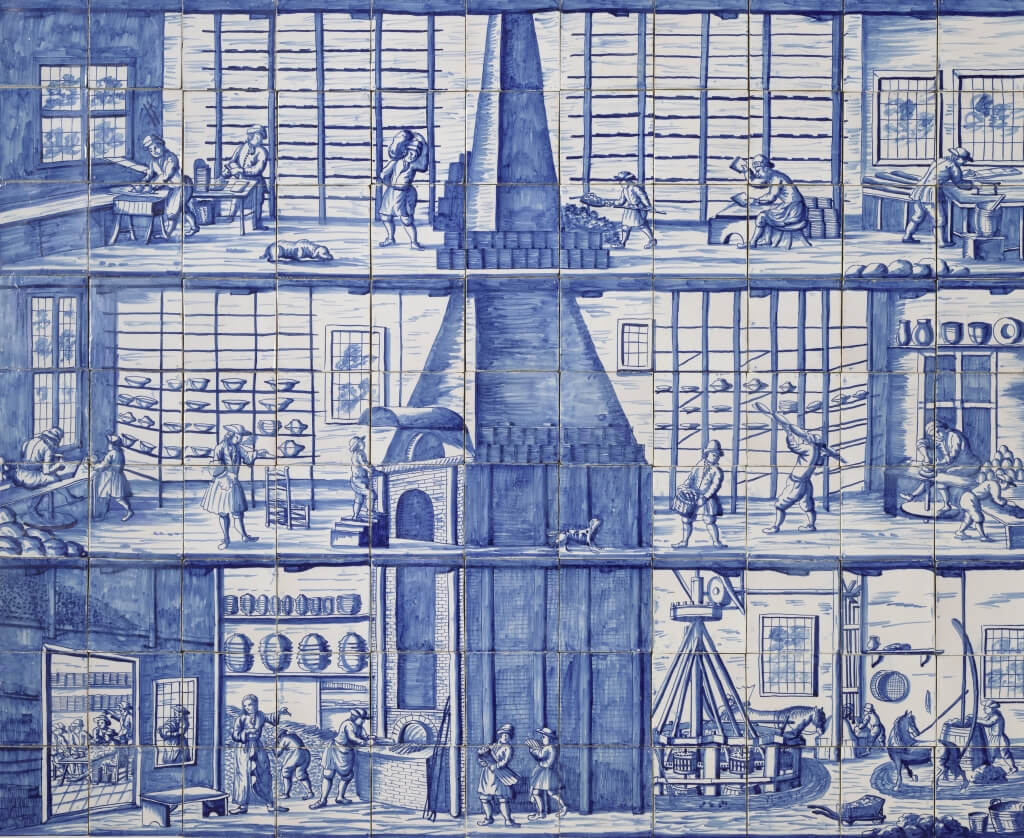Fancy a Cup of Tea?
The Dutch East India Company (VOC) found in the faraway lands that they visited many treasures and commodities, that were uncommon at that time in the Netherlands. Besides the popular and desired import commodity Chinese porcelain, Asia’s botanical imports were arguably even more widely enjoyed, and had a greater economic impact than did any of…

